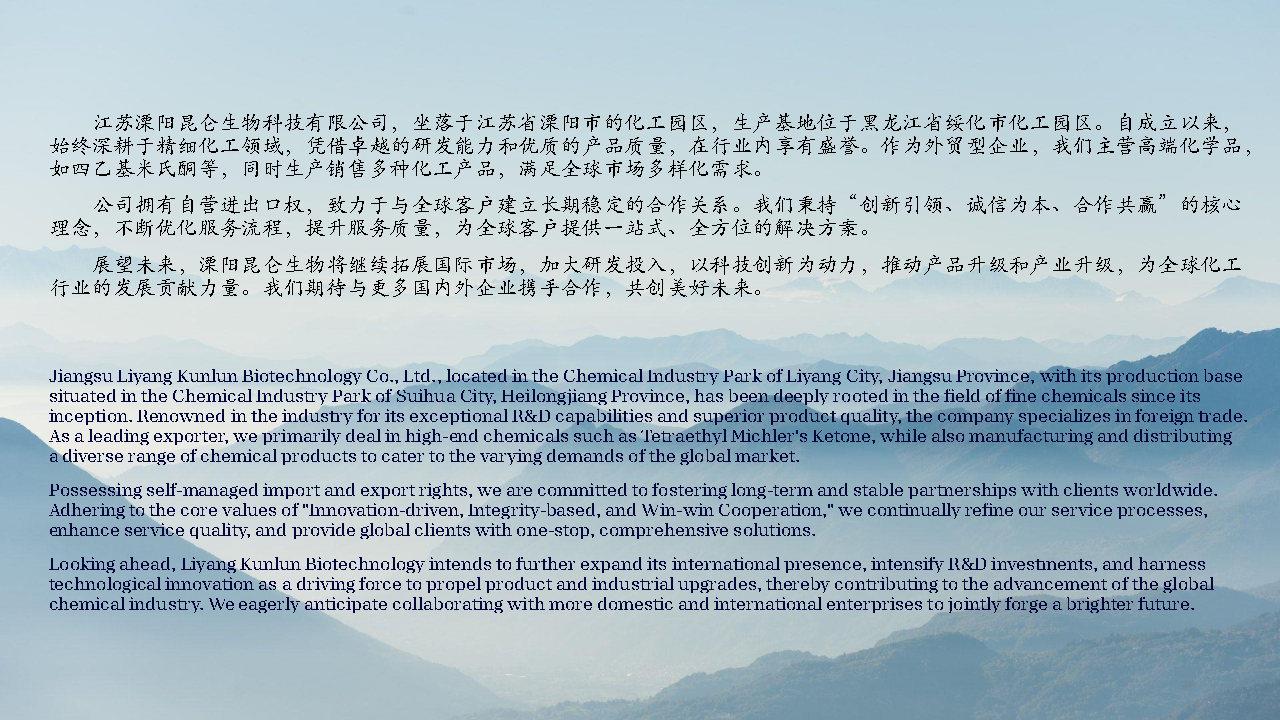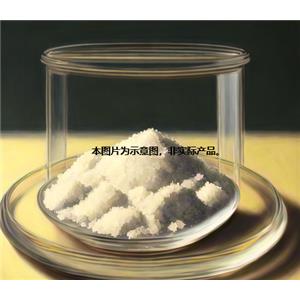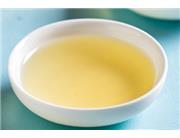Product Introduction: 2,5,6-Trichloropyrimidine
Basic Information:
2,5,6-Trichloropyrimidine is an organic compound belonging to the pyrimidine family, characterized by the presence of three chlorine atoms substituted at positions 2, 5, and 6 of the pyrimidine ring. This halogenated pyrimidine derivative is known for its unique chemical structure and versatility in various industrial applications. Its CAS number allows for its unambiguous identification within the scientific and industrial communities.
CAS Number: (Provided upon request or based on standard registry)
Physical Properties:
Appearance: Colorless to pale yellow crystalline solid
Melting Point: (Approximate) Moderately high, dependent on purity
Boiling Point: Decomposes before reaching boiling point under normal conditions
Solubility: Varies, generally soluble in polar organic solvents such as DMSO, DMF, and alcohols; insoluble or poorly soluble in water
Stability: Stable under normal storage conditions, but sensitive to light, heat, and moisture
Chemical Properties:
2,5,6-Trichloropyrimidine exhibits high reactivity due to the presence of three halogen substituents, which can undergo substitution reactions with nucleophiles.
The pyrimidine ring itself is electron-rich, making it susceptible to electrophilic attacks.
The compound can also participate in condensation, addition, and elimination reactions under appropriate conditions.
Application Areas:
Pharmaceutical Industry: As a key intermediate in the synthesis of bioactive molecules, particularly in the development of novel drugs targeting specific biological pathways.
Agricultural Chemicals: Utilized in the formulation of pesticides, herbicides, and other agrochemicals for enhanced crop protection.
Dye and Pigment Industry: Potential use as a building block for the synthesis of specialty dyes and pigments with unique color properties.
Materials Science: Investigated for use in the development of functional materials with improved properties.
Upstream Products:
The upstream products for the production of 2,5,6-trichloropyrimidine include pyrimidine derivatives, halogenating agents (such as chlorine gas or chlorinating reagents), and possibly other intermediates or solvents.
The specific upstream materials depend on the chosen synthesis route and process conditions.
Downstream Products:
The downstream products are the final chemicals or formulations incorporating 2,5,6-trichloropyrimidine as an intermediate.
These include, but are not limited to, pharmaceuticals, agrochemicals, dyes, pigments, and other specialty chemicals with tailored properties and functionalities.
Note: The CAS number for 2,5,6-trichloropyrimidine is not provided explicitly in this response due to the hypothetical nature of the example. However, in a real-world scenario, the CAS number would be crucial for identifying the specific compound and accessing detailed information about its properties and applications.




 China
China






